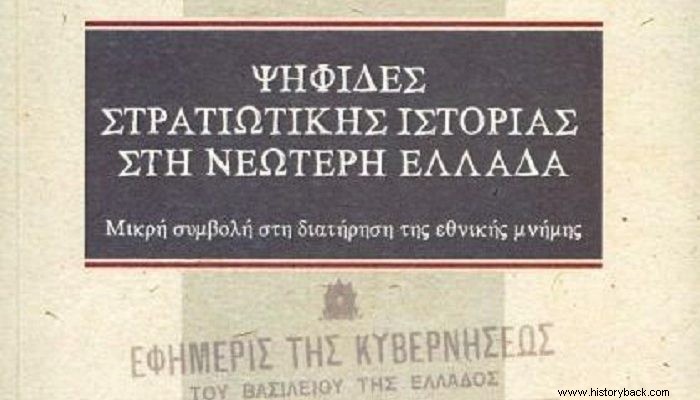
This new study by Ariston Books aims to partially fill a perceived gap in military historiography related to the sluggish treatment of individual, seemingly minor issues that have been neglected or ignored while retaining their utility. them for the more complete documentation of the greatest chapters of our past. It highlights targeted constructions, government practices, perceptions, monuments and, in general, anything that can contribute to the deepening of relevant knowledge.
With rich photographic material, blueprints, rare maps, public and private documents, publications, etc., many appearing for the first time and framing carefully selected references, author Charalambos Dimopoulos also aspires to broaden the horizon of similar future research efforts, describing at the same time in a concise but comprehensive manner the environment in which the production of military-historical education in our country developed and evolves.
Old artillery, anti-aircraft shelters, the defense preparation and practice of the period 1936-1941, anecdotal documents and photographs from personal files and remnants of fierce military conflicts, are just some of the subjects that will give the discerning reader the opportunity to get to know better valuable facts – details that have their role in shaping the latest military history of Greece.
The author devotes several pages at the beginning to artillery and other military installations (outposts, bridges, tunnels) from various war periods, which are scattered around the country. The specific constructions are accessible if one locates them and "magnetize" the visitor with the design, the construction materials and the position in which they are located. This is followed by a chapter that includes "tsefides" from the war preparations of the country in the period 1936-1940, which also includes "archaeological" sites of the period, in the form of the shelters of Athens.
The book continues with the "imprints" that still exist in the buildings of Athens, from the bloody events of the "December". The final section covers the so-called "random" finds that a researcher may discover, such as period photographs, either from personal archives or from disjointed collections, old military manuals, military and civilian maps, military and public documents, as well as past press reports .
Through the material of the book which has been admirably collected and presented by the author, a strong stimulus is given to young people who are predisposed to engage in the research of the country's military history at all levels. In this sense, the present work constitutes an excellent "guide" for researchers of "military archaeology", an interesting and useful source of supplementary data and a very nice addition to the relevant Greek literature.
Author:Charalambos Dimopoulos
Publishers:ARISTON BOOKS @ 2020, Ypsilantou 5, Athens 10675, tel:2107255962
Pages:146

